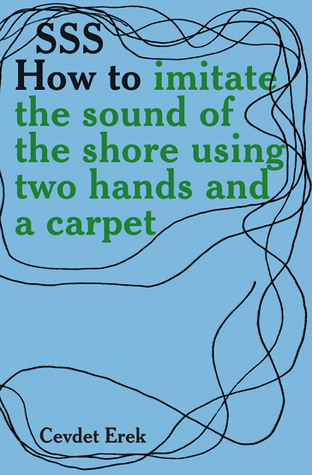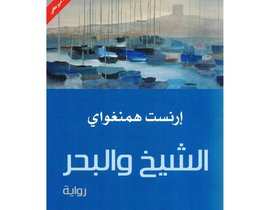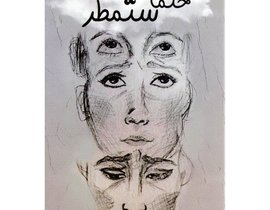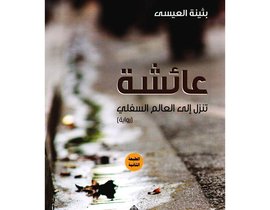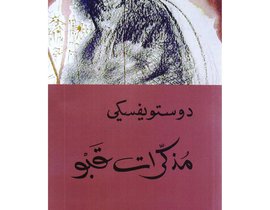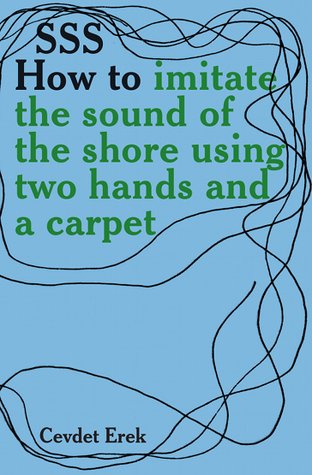
تفاصيل
اسم المؤلف Cevdet Erek
SSS: How to imitate the sound of the shore using two hands and a carpet is, at first glance, exactly what it claims to be: an in-depth manual for staging a private (or public) performance, in which one uses both hands and a carpet to imitate the sounds of water making contact with land. Istanbul-based artist Cevdet Erek’s book includes diagrams and photographs, which illustrate possible methods for producing this effect, while also addressing theoretical and methodological issues related to the representation of nature. SSS is the second book in the Kayfa ta series, a publishing initiative of Maha Maamoun and Ala Younis. Each book in the series is a monographic essay commissioned in the style of how-to manuals that situation themselves in the space between the technical and the reflective, the everyday and the speculative, the instructional and the intuitive, and the factual and the fictional.
- الرئيسية
- »
- SSS: How to imitate the sound of the shore using two hands and a carpet
-
يباع من
booksh
تصفح المنتجات الأخرى

- SKUsku_39_519
- الشحنالتوصيل العادي ,
-
توصيل
يختلف بالنسبة للمنتجات المشحونة من دولة أخرى
التسليم في غضون 4 أيام عمل - الدولةالكويت
- أيام الارجاع0 يوم
تفاصيل
اسم المؤلف Cevdet Erek
SSS: How to imitate the sound of the shore using two hands and a carpet is, at first glance, exactly what it claims to be: an in-depth manual for staging a private (or public) performance, in which one uses both hands and a carpet to imitate the sounds of water making contact with land. Istanbul-based artist Cevdet Erek’s book includes diagrams and photographs, which illustrate possible methods for producing this effect, while also addressing theoretical and methodological issues related to the representation of nature. SSS is the second book in the Kayfa ta series, a publishing initiative of Maha Maamoun and Ala Younis. Each book in the series is a monographic essay commissioned in the style of how-to manuals that situation themselves in the space between the technical and the reflective, the everyday and the speculative, the instructional and the intuitive, and the factual and the fictional.


